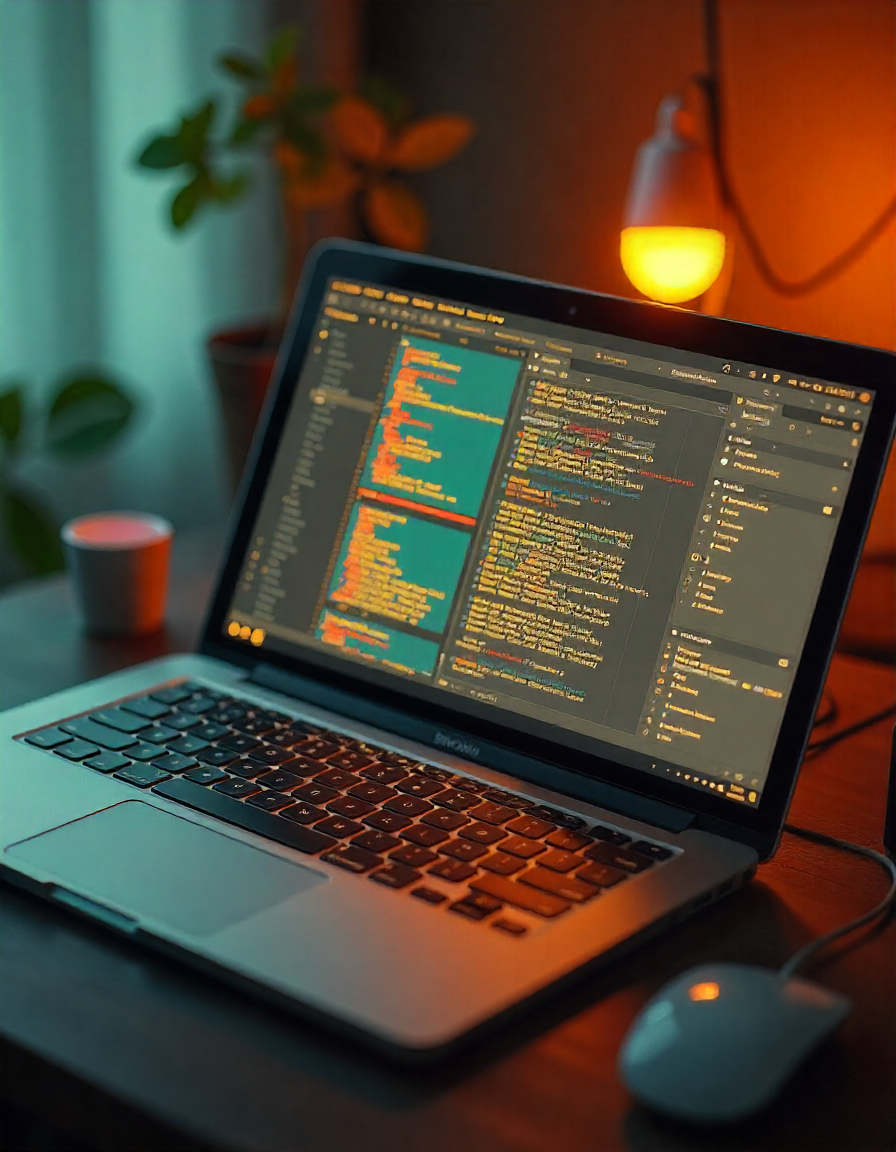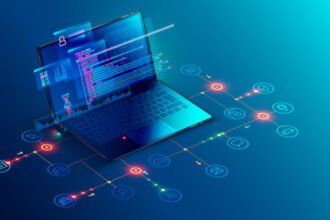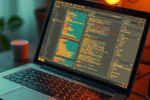When people hear the word software, many still imagine lines of code on a black screen, written by programmers tucked away in dimly lit offices. While that image might have held some truth decades ago, the role of software today is far more expansive. In 2025, software has become the invisible infrastructure of modern life. It is no longer just about applications running on a computer but about interconnected systems shaping the way we work, communicate, travel, shop, and even think.
Software has quietly taken on the role of a universal translator between humans and machines. Whether you’re ordering groceries online, unlocking a car with your phone, diagnosing a medical condition, or collaborating with a colleague halfway across the globe, it is software that makes the experience seamless. The fascinating part is not only how powerful software has become but also how deeply it is woven into everyday life—so much so that most people use dozens of software systems each day without even noticing.
One of the most striking changes in the last decade is how software development has democratized. Once, building software required deep technical expertise and expensive infrastructure. Today, thanks to cloud services, low-code platforms, and open-source frameworks, individuals with little formal background in programming can create functional applications. A small business owner might design a custom booking system without writing a single line of code. A student might automate tasks in their studies using drag-and-drop workflows. This shift doesn’t eliminate the need for skilled developers—complex systems still require mastery—but it opens doors for creativity on a much larger scale.
Software is also redefining industries. Take healthcare, for instance. Once dominated by manual record-keeping and face-to-face consultations, it now relies heavily on digital tools. Patient histories are stored in electronic systems, algorithms assist doctors in diagnosis, and wearable devices monitor health in real time. In logistics, software routes trucks more efficiently, saving both fuel and time. In education, platforms offer personalized learning experiences to millions of students worldwide. What ties all of these examples together is not just the existence of digital tools but the intelligence with which software integrates data, automates processes, and enhances decision-making.
Yet, while software is driving innovation, it also introduces challenges. One pressing concern is security. As more critical systems—from hospitals to financial networks—rely on software, the consequences of breaches or failures become more severe. Cyberattacks have shifted from minor nuisances to global threats. Protecting software requires constant vigilance, timely updates, and the ability to anticipate vulnerabilities before they are exploited. For this reason, cybersecurity has become one of the fastest-growing sectors in technology, with enormous investments in both prevention and response.
Another issue is complexity. Modern software systems are rarely built from scratch; instead, they are assembled from countless libraries, services, and third-party components. This interconnectedness speeds up development but also creates fragile chains of dependency. A flaw in one small library can ripple out to affect thousands of applications worldwide. The 2021 Log4j vulnerability was a clear example: a small piece of code, widely used but poorly monitored, created panic across industries. In 2025, awareness of these risks has grown, but balancing speed with safety remains a difficult task for developers and organizations alike.
From a user’s perspective, software also raises questions of trust and transparency. People want applications that not only function well but also respect their privacy. The days when companies could quietly collect vast amounts of data without scrutiny are ending. Regulations such as GDPR in Europe and similar laws in other regions are forcing software creators to rethink how they handle information. At the same time, users themselves are becoming more discerning. They reward companies that are clear about data practices and penalize those that act irresponsibly. In this sense, ethics has become as important to software development as efficiency.
One of the most exciting developments is the blending of software with physical environments. Smart homes, smart factories, and even smart cities are becoming realities. Sensors and devices constantly generate information, and software interprets this data to make environments more adaptive. Lights adjust based on occupancy, supply chains adjust in real time, and public transport systems optimize themselves according to passenger flows. This fusion of digital intelligence with the physical world is often referred to as the “Internet of Things,” but what truly powers it is not the devices themselves—it’s the software that makes sense of them.
On the business side, the way companies deliver software has changed as well. Subscription-based models dominate, replacing the old model of one-time purchases. This shift benefits both sides: companies enjoy predictable revenue streams, while customers receive continuous updates and improvements. However, it also creates new expectations. Users demand that subscriptions provide consistent value, and they are quick to cancel if they feel otherwise. This dynamic forces developers to focus not just on initial launches but on long-term performance and customer satisfaction.
Perhaps one of the most profound impacts of software is cultural rather than technical. Software has altered the way humans think about collaboration, productivity, and even creativity. Remote work, once a rare exception, is now a normal part of life for millions, made possible by platforms that connect teams across continents. Musicians, filmmakers, and writers use software not only as tools but as collaborators, experimenting with new forms of art. Even social interactions are reshaped—friendships maintained through messaging apps, communities built around niche interests, and relationships formed on digital platforms. In many ways, software has become the medium through which modern culture expresses itself.
Looking forward, the trajectory of software seems limitless, yet it will require careful stewardship. The push toward automation and artificial intelligence will continue, raising questions about employment, accountability, and fairness. New frontiers such as quantum computing may unlock possibilities beyond today’s imagination, but they will also create challenges of adaptation. As society grows more dependent on software, resilience and adaptability will become as important as innovation.
At the heart of all this, however, is a simple truth: software is no longer just something people use. It is something they live with. It shapes decisions, influences relationships, and guides industries. The responsibility for those who create it has never been greater, and the potential for those who use it has never been broader. Whether as a business tool, a creative outlet, or an everyday convenience, software in 2025 is less about code and more about connection—between people, between systems, and between the present and the future.








